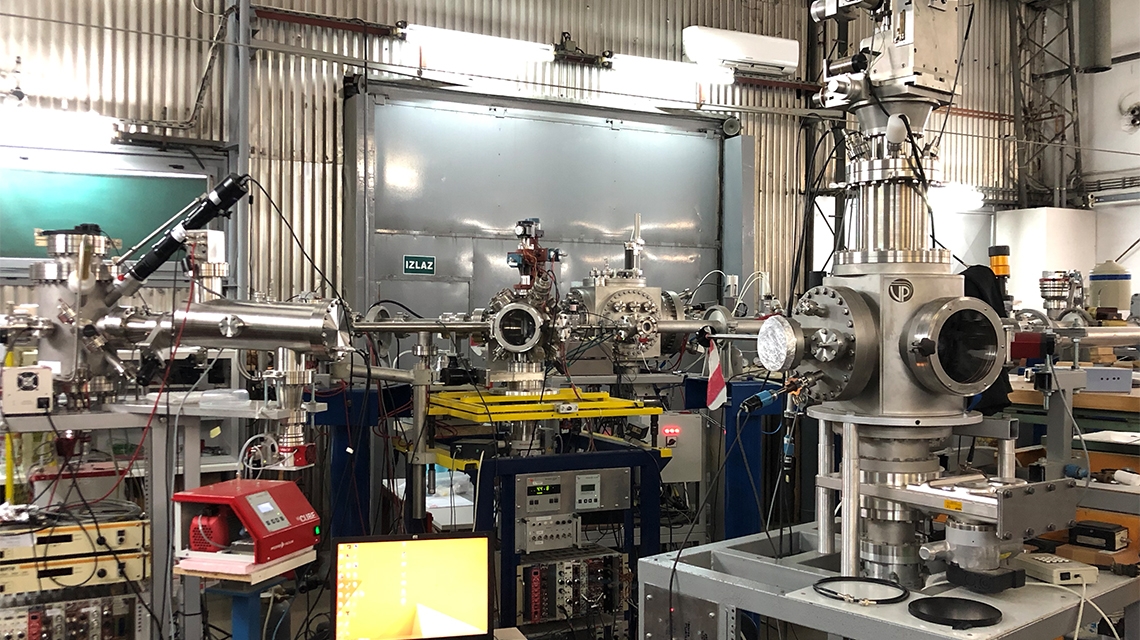Technology like the dual-beam ion facility in Croatia can simulate similar circumstances — including the transmutation products and damage produced by high-energy neutrons and alpha particles that come from fusion — that a material would be exposed to in a fusion reactor.
“With the right measurements, right temperature control, and two simultaneous ion beams — hence, dual beam — hitting the material, we are creating a simulated reality where we can get an indication of how the structural material will react to the force of fusion,” Ridikas said. “This way, we can test which material holds up and for how long.”
The two beams are directed at a steel sample — the material typically used for fusion reactors due to its robustness — to simulate how fusion plasma could interact with and modify this material. This nuclear interaction, in addition to possibly damaging the crystal structure of the material, creates transmutation gas products such as helium and hydrogen. This might lead to the formation of bubbles inside the steel, which can cause the material to swell. Knowing how and when these reactions occur, scientists can adapt the material to counteract these unwanted effects.
Last month, the IAEA and the ITER International Fusion Energy Organization have agreed to strengthen their cooperation in nuclear fusion research and related activities with the long-term goal of realizing fusion energy production on an industrial, power-plant scale. ITER is an international experimental reactor under construction in France, and one of the most advanced and largest fusion experiments in the world. In parallel, dual-beam facilities like the one installed at the Ruđer Bošković Institute, or the new EU-led DONES initiative in Spain, a fusion-dedicated neutron source, will advance research in materials testing.

